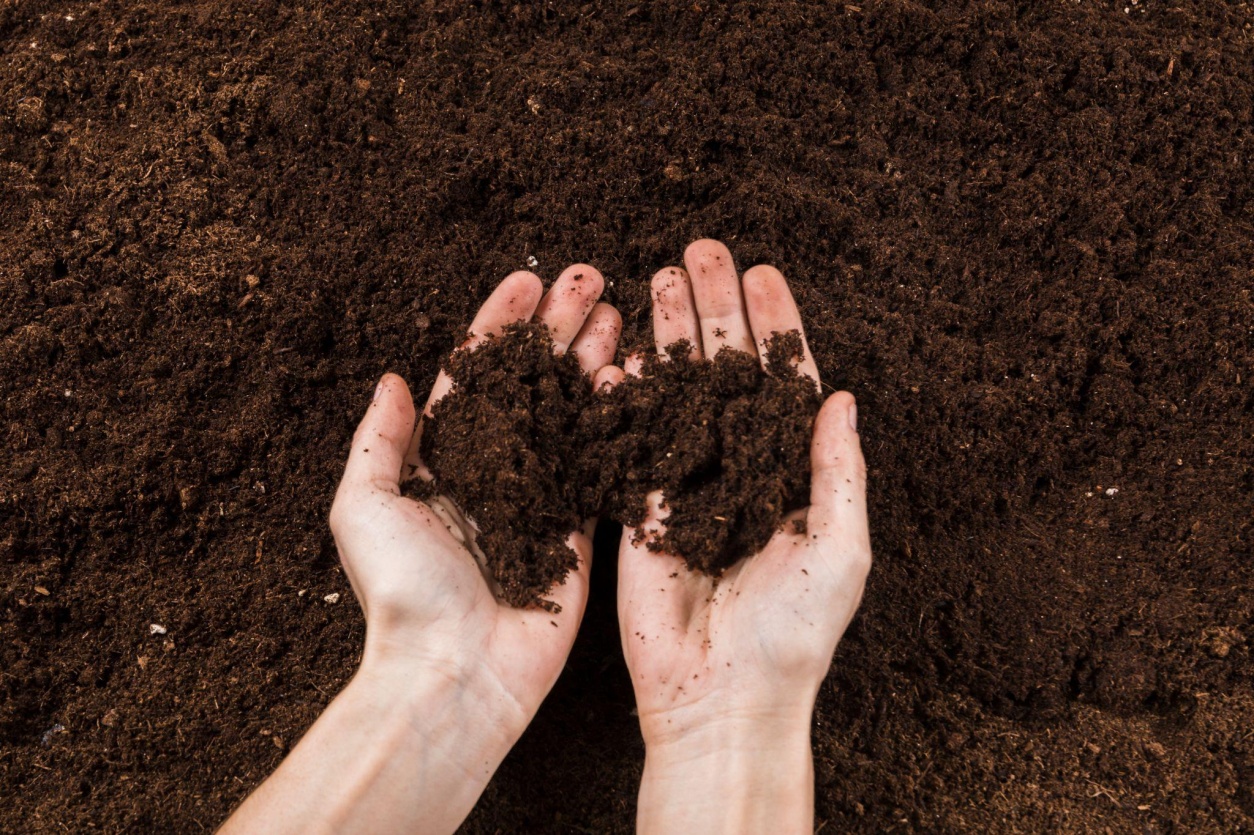Installing sod during Florida’s rainy season might sound risky—but it can work if you know what to expect. Florida’s wet season (usually from May to October) brings heavy rain, high humidity, and fast-growing grass. But it also comes with challenges like flooding, muddy soil, and fungus. If you’re considering sod installation during the rainy season, here’s what you need to know before getting started.
Benefits of Installing Sod During the Rainy Season
Rain isn’t always a bad thing for new sod. It can help the grass grow quickly if conditions are right.
Pros:
- Less Watering Needed:Frequent rain means you don’t have to water your new sod as often, saving you time and money.
- Fast Root Growth:Warm weather and moisture help sod roots grow into the soil faster.
- Quicker Results:You may see your lawn turn green and thick sooner than during cooler seasons.
Problems with Installing Sod During the Rainy Season
Florida’s wet season can also cause problems. Too much water at the wrong time can damage sod.
Cons:
- Flooded Lawns:Heavy rain can leave standing water, which drowns the roots and causes rot.
- Soil Erosion:Loose or muddy soil can wash away, making it hard for sod to stay in place.
- Fungal Growth:Wet and humid conditions make it easier for fungus and mold to grow on new sod.
- Installation Delays:Rainstorms can delay work and cause gaps in your sod schedule.
Tips to Help Sod Survive the Rainy Season
You can still have a healthy lawn during the wet season if you follow these simple steps:
- Choose the Right Sod Type:Some grass types handle moisture better than others.
- Grade Your Lawn:Make sure your lawn has good drainage to avoid puddles.
- Avoid Walking on Wet Sod:Keep foot traffic off until the sod takes root.
- Watch for Fungus:Apply fungicide early if needed, and remove dead grass patches.
- Check the Weather:Pick a stretch of dry weather for installation if possible.
Pay Attention to Soil Conditions

Soil is the base of your sod. Wet soil can slow down the rooting process.
- Check Moisture Levels:Soil should be moist, not soaked. Muddy ground means it’s too wet for installation.
- Prepare the Ground:Clear old grass, level the area, and lightly till the soil for better sod contact.
- Use Sand if Needed:Adding sand can help improve drainage in some areas of Florida.
Watch for Timing and Weather Patterns
Choosing the right time during the wet season makes a big difference.
- Avoid Peak Rain Weeks:Try not to install sod right before or during a major rain system.
- Use Weather Forecasts:Check local weather before scheduling. A few dry days after installation helps sod root better.
- Morning Installs Work Best:Morning installs give the sod a chance to dry out by evening.
Why Choose Bestway Lawn Care for Sod Installation
When done right, sod installation during the rainy season can give you a thick, green lawn, even during Florida’s wettest months. At Bestway Lawn Care, we’re ready to help with lawn care, sod installation, and lawn maintenance service in St. Petersburg, Largo, and Seminole, FL. We also handle storm debris removal in Largo, FL, and other seasonal services.
Contact us today to get your lawn looking great!
